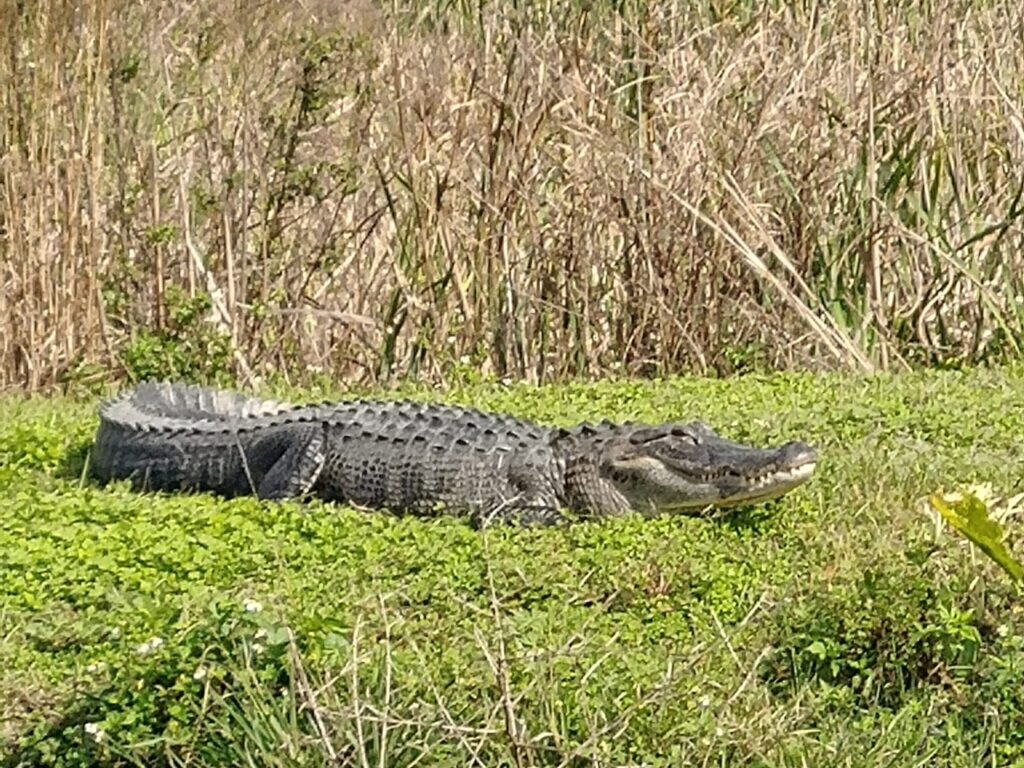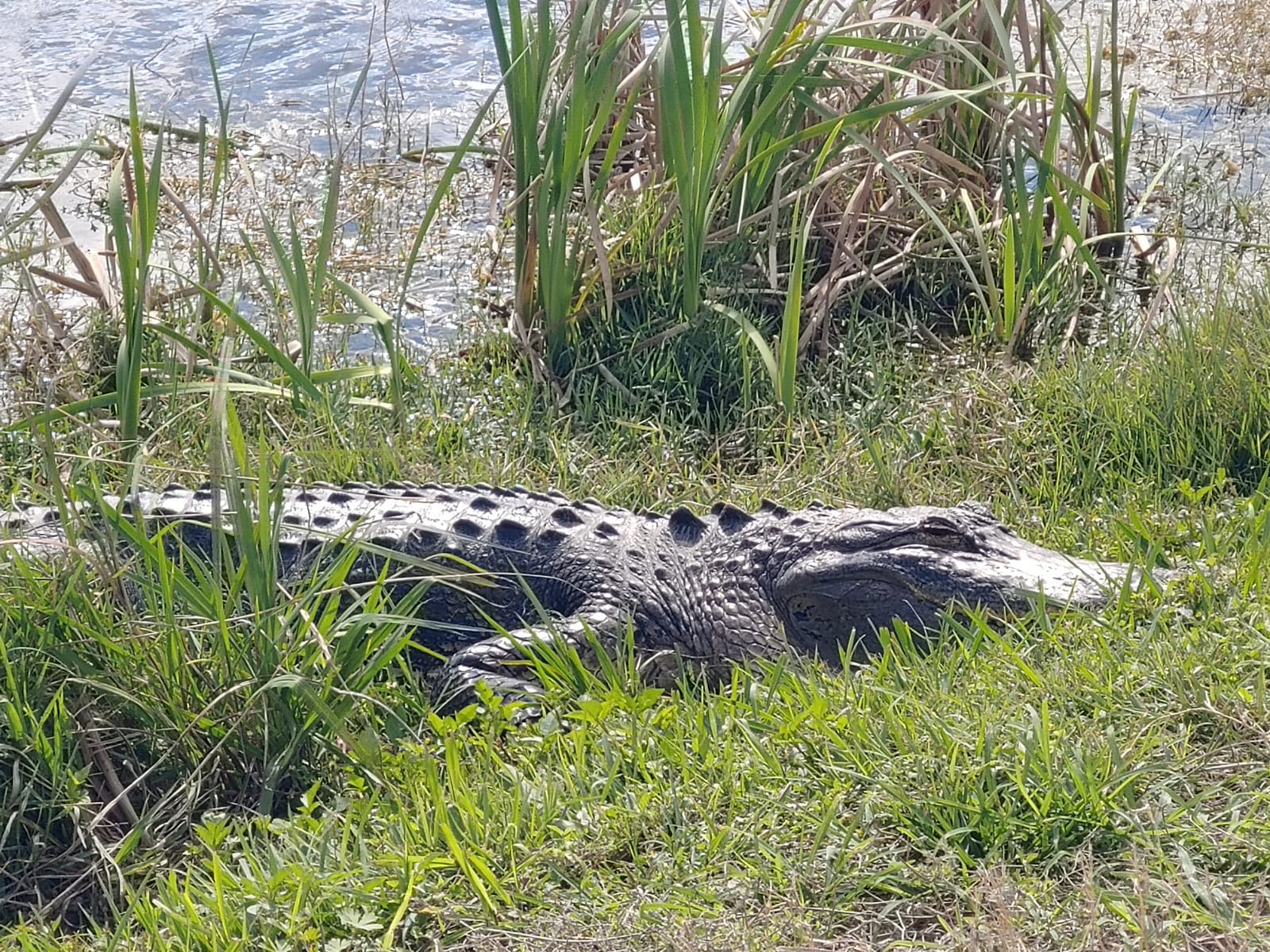Glimpse into the past and remedies
Lake Apopka is one of Florida’s largest lakes, boasting a considerable expanse that makes it a notable geographical feature within the state. With an approximate surface area of around 30,000 acres or 121 square kilometers, the lake stretches across a substantial portion of the landscape. Its dimensions and vastness contribute to its significance as both an ecological habitat and a recreational destination.
To put its size into perspective, Lake Apopka’s surface area is comparable to the size of approximately 91 square miles or 235 square kilometers. This extensive stretch of water encompasses a diverse range of ecosystems, from open waters to wetlands and marshes that fringe its shores. Such dimensions make Lake Apopka not only a notable body of water but also a pivotal component of the region’s hydrology, biodiversity, and natural balance.
As one navigates along the shores of Lake Apopka, the sheer scope of the lake becomes evident, offering panoramic views that extend beyond the horizon. This generous size allows the lake to support a wide variety of aquatic life, provide habitat for numerous bird species, and play a role in regulating local water systems.
However, it’s important to note that while Lake Apopka’s size grants it ecological significance, it has also been subject to pollution and environmental challenges due to human activities. The pollution in Lake Apopka, located in central Florida, has been a result of various human activities that have significantly impacted the lake’s ecosystem. Historically, agricultural practices, industrial discharges, and urban development have contributed to the pollution in the lake. These activities have introduced excess nutrients, pesticides, and contaminants into the water, leading to a variety of environmental issues such as algal blooms, fish kills, and habitat degradation.
- Agricultural Runoff: The extensive agricultural activities in the area have played a major role in polluting Lake Apopka. Excessive use of fertilizers and pesticides on surrounding farmlands has led to nutrient runoff, particularly phosphorus and nitrogen, entering the lake. These nutrients promote the growth of harmful algal blooms, which not only disrupt the lake’s natural balance but can also release toxins harmful to aquatic life.
- Industrial Discharges: Over the years, various industries have discharged pollutants into the lake, including heavy metals and chemical compounds. These contaminants can accumulate in the water, sediment, and aquatic organisms, disrupting the lake’s ecological equilibrium and posing threats to both wildlife and human health.
- Urbanization and Stormwater Runoff: As urban areas expanded around the lake, the increase in impervious surfaces like roads and buildings led to greater stormwater runoff. This runoff carries pollutants such as oil, grease, and litter from urban areas into the lake, further degrading water quality.
Efforts to address and mitigate the pollution in Lake Apopka have been ongoing, focusing on restoration and water quality improvement:
- Lake Restoration Projects: Various restoration initiatives have aimed to improve water quality and restore the lake’s natural balance. These projects often involve efforts to reduce nutrient loading by implementing best management practices on nearby agricultural lands, restoring wetlands to act as natural filters, and constructing water control structures to manage water levels.
- Nutrient Reduction: The reduction of nutrient inputs, particularly phosphorus, has been a central strategy. This involves implementing stricter regulations on agricultural nutrient management and wastewater treatment facilities to limit nutrient runoff into the lake.
- Wetland Restoration: Wetlands play a crucial role in filtering out pollutants from water. Wetland restoration projects have been undertaken to create natural buffers that can capture and filter nutrients before they reach the lake.
- Monitoring and Research: Continuous monitoring of the lake’s water quality and ecosystem health helps scientists and policymakers understand the effectiveness of restoration efforts and make informed decisions for ongoing improvements.
- Community Engagement: Education and raising awareness among local communities about the importance of clean water and responsible land use have been integral in achieving long-term sustainability.
The restoration of Lake Apopka is a complex and ongoing process that involves collaboration among government agencies, environmental organizations, local communities, and industries. While progress has been made, the challenge of undoing decades of pollution and habitat degradation requires sustained effort and a multifaceted approach. As these efforts continue, Lake Apopka serves as a poignant reminder of the importance of responsible environmental stewardship and the need to safeguard our natural resources for future generations.


Embarking on the Apopka Wildlife Drive felt like embarking on a journey into a hidden realm of Florida’s natural wonders. Situated within the Lake Apopka North Shore, this picturesque drive promised an exploration through a tapestry of wetlands and marshes that paint a vivid portrait of the state’s diverse ecosystems. With eager anticipation, I set out on this adventure, ready to immerse myself in the embrace of nature’s beauty.
The moment I entered the drive, I was greeted by a sense of serenity that seemed to hang in the air. The surroundings transformed into a tranquil oasis that resonated with the harmonious symphony of nature. This journey, which promised to showcase a wide spectrum of wildlife, wasted no time in delivering on that promise. As I looked around, I found myself amidst an avian ballet. Majestic herons waded through the shallows with an air of regal grace, while elegant egrets took flight with a mesmerizing elegance. The vivid palette of painted buntings added vibrant bursts of color to the landscape, and the distant silhouette of a bald eagle traced the sky, adding an element of mystery and wonder to the scene.
However, it was not just the birds that stole the show. The presence of alligators, lounging lazily along the water’s edge, was a testament to the untamed heart of this wilderness. Their primal existence served as a reminder of the delicate balance that defines this ecosystem, where predators and prey coexist in a dance as old as time itself. This touch of wildness infused the experience with a sense of awe and respect for the intricate web of life that thrives in these marshes.
The Apopka Wildlife Drive isn’t merely a route through nature; it’s a carefully curated experience that invites exploration and education. The well-maintained trails wind through the landscape, guiding visitors through the heart of this natural sanctuary. Informative signs dot the journey, providing insights into the flora, fauna, and history that shape this remarkable place. With each step, I felt a growing connection to the intricate web of life that calls this habitat home. The drive was no longer just a physical journey; it was a mental and emotional immersion into a world that often goes unnoticed in the rush of daily life.
As I concluded this unforgettable encounter with nature, a profound sense of gratitude welled up within me. The preservation of the Apopka Wildlife Drive isn’t just a gift to nature enthusiasts; it’s a commitment to safeguarding the delicate balance that sustains life on this planet. The drive offers a haven for those who seek solace in the embrace of the wilderness, a refuge where the rhythms of nature set the pace and the incredible creatures that inhabit it share their stories.
In essence, the Apopka Wildlife Drive is a canvas upon which nature paints its masterpieces. It’s a haven for those who yearn to escape the confines of urban life and reconnect with the pulse of the wild. Every turn of the drive is a testament to the beauty and resilience of the natural world, a reminder that even in the midst of modernity, pockets of untouched wilderness continue to thrive. And as I departed this enchanting realm, I carried with me not just memories of a captivating journey, but a renewed commitment to cherish and protect the precious havens of nature that remind us of our place in this intricate tapestry of life.
But if hiking in the Alligator rich trail around Apopka might seem a bit too daring and uncomfortable to you, although you can do this activity in the car or on the bicycle, click this link to explore and up-close views from the comfort of the airboat.






